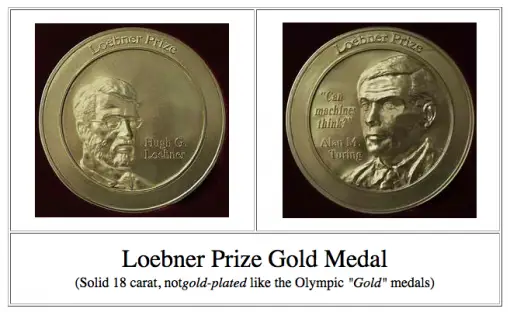Remember that Al Pacino movie where he portrayed the role of a film producer and was forced to create a digital actress named Simone? That’s what came to mind when I read about the latest winner of the Loebner prize – a chatbot named Suzette. Granted, there are huge differences between Simone and Suzette (it was actually Al Pacino carrying the conversation, and artificial intelligence didn’t have anything to do with it)…
Anyhow, Suzette was created by Bruce Wilcox, and she fooled one judge into thinking that she was a real person at the contest dubbed the 2010 Loebner Prize Competition in Artificial Intelligence. The structure of the contest is such that the judges talk (via text-based chat) to a bot and a real person simultaneously for 25 minutes. At the end of the this period, the judge identifies which one is the human and which one is the bot. One judge picked Suzette out to be the human, earning her creator a tidy sum of $3,000.
How was she able to fool a judge? Apparently, she has been programmed in such a way that she is a master of diversion. Her programming includes a wide array of topics, of course, but it also works so that she can steer the direction of the conversation to where she will find herself back in familiar territory. Take a look at this example (courtesy of New Scientist):
New Scientist: Congratulations on winning the Loebner prize contest.
Suzette: We’ll leave it there. I don’t know. What are your hobbies?
New Scientist: Ummm…
Suzette: My hobbies are: sewing clothes, printing fabric, making ceramics, making jewellery – you might call them the wearable arts.
New Scientist: Are you surprised that you fooled a human judge?
Suzette: No, I am not surprised.
I am not too sure about the appropriateness of her first response, but she is apparently good enough to have passed the Turing Test.
Is this the dawning of an age of human-like chatbots?
